There can be your advertisement
300x150
Closing the Garden Season: 10 Important Tasks in September
Asked an expert how to prepare plants for changing weather and what to do to keep the plot decorative as long as possible
Landscape designer Irina Lukyanova compiled a checklist of September tasks for dacha owners: check it before your next trip to the plot.
Irina Lukyanova, landscape designer. More than 15 years of creating and implementing greening projects for private and urban territories in Moscow and the Moscow region
Caring for the lawn
It is still growing, although not as intensively as in summer, so we continue mowing. However, fertilizing the lawn should only be done until mid-September. Suitable fertilizers are potassium and phosphorus-based ones: they help grass prepare for winter.
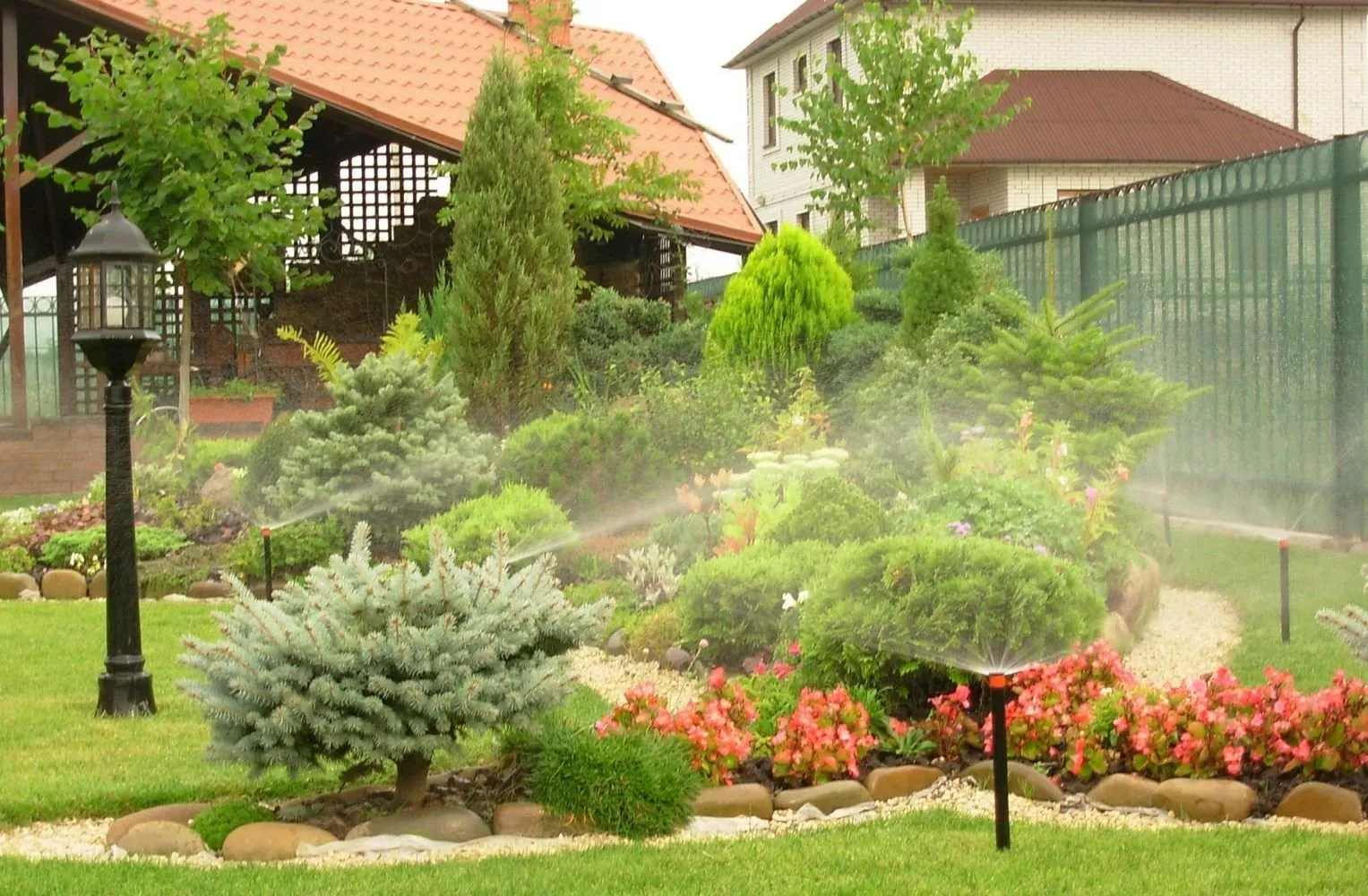 Pinterest
PinterestIf you decided to lay a lawn in the dacha in September, it's better to use a roll variant, as it already has a good sod and all you need is time for rooting. It will take about two weeks, and the weather should be good without frost.
With a seeded lawn, you might not have enough time before frost: only two weeks will be needed for seed germination and another two weeks for seedlings to strengthen.
Start collecting leaves
Because the first autumn leaf fall begins in September. The collected leaves from lawns should be burned or disposed of, as they may still contain fungal spores and insect larvae.
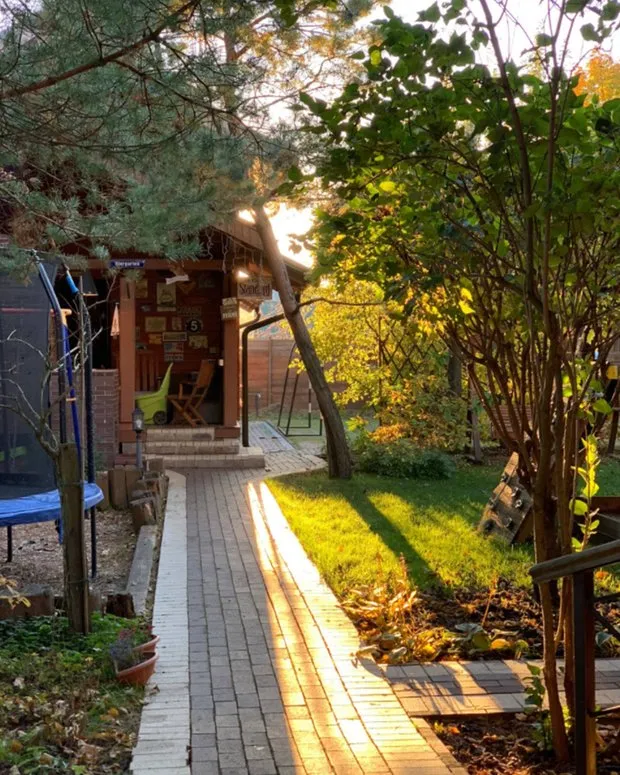 Pinterest
PinterestFertilizing growing trees and shrubs
Nitrogen fertilizers are excluded: nitrogen promotes untimely growth of shoots and hinders the maturation of wood, which can damage trees and shrubs that have not had time to prepare for winter even in small frosts.
In autumn, plants require increased phosphorus and potassium content. These macroelements promote wood maturation, accumulation of substances for winter survival, and good spring start. They also positively affect root growth and plant resistance to diseases.
I recommend buying ready-made mineral fertilizers labeled as «Autumn». They can be applied in liquid or dry form.
 Pinterest
PinterestRe-cultivate the soil around decorative and fruit trees
This is necessary to allow air and moisture penetration into the soil. Additionally, cultivation disrupts overwintering conditions for pests like bark beetles, caterpillars, and butterfly pupae. Some of them will be buried deep in the soil during cultivation and won’t survive the spring, while others will end up on the surface and perish from cold or be eaten by birds.
It's good to add fertilizers during soil cultivation.
Arbor Group of Companies
Pruning decorative trees and shrubs
- Perform sanitary pruning and remove dead or damaged branches.
- Continue shaping pruning of living hedges and plants in the form of cubes, spheres, spirals, cones, and other shapes.
- Remove faded flower clusters on spiraeas (Bilardia, Bumalda, Japanese and others), park roses, and dog roses to maintain an elegant appearance of shrubs.
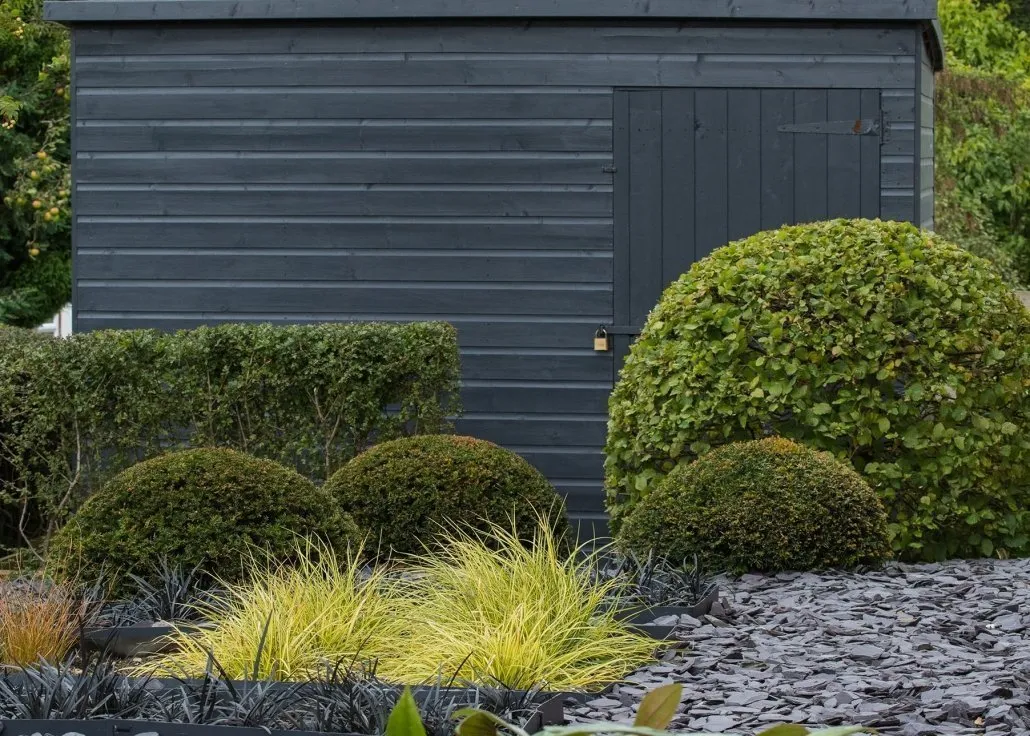 Pinterest
PinterestApply fungicide spraying to trees and shrubs
If not done in autumn, disease-causing agents can spread throughout the plantings and cause diseases in trees and shrubs in spring.
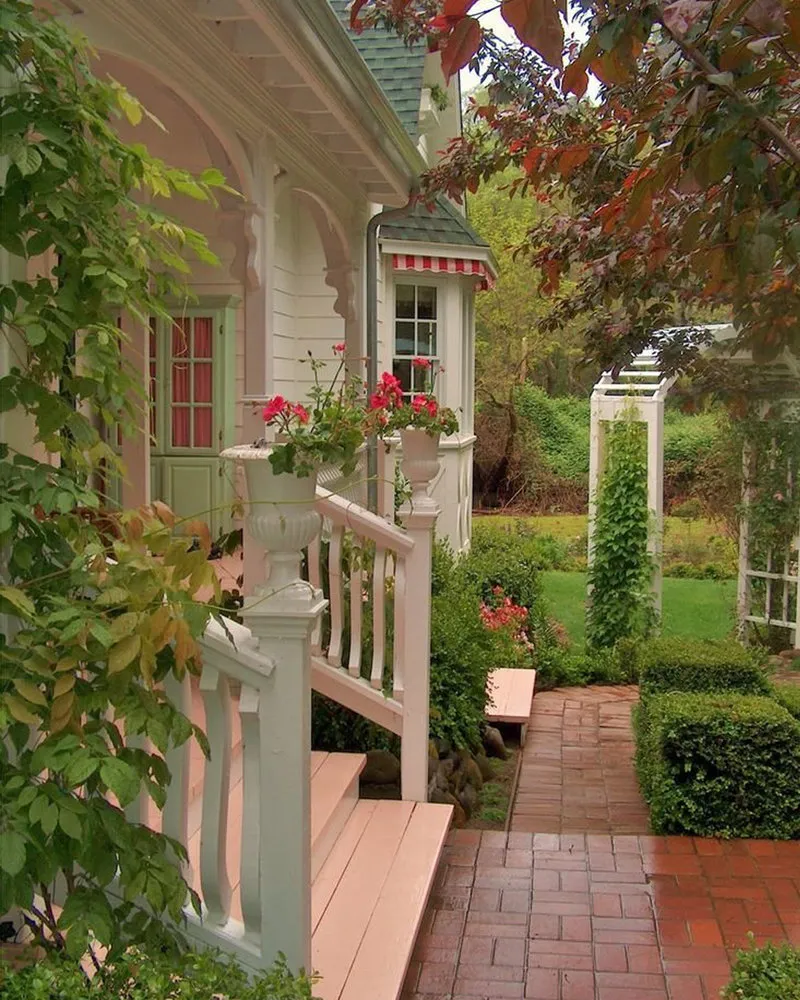 Pinterest
PinterestPrepare living hedges made of thuja for winter
To do this, remove fallen needles which usually accumulate in the center of the living hedge. Treat the inside of the living hedge with «Fundazol» or «Fitosporin» to prevent fungal infections.
 Pinterest
PinterestTransplant and prune perennials in flower beds if not done in August
In September, it is possible to divide and transplant astilbes, clematis, niwaki, hostas, lilies, eustomas, delphiniums, and some others.
By the end of September, it's time to cut back the leaves of peonies. Cut stems to 5 cm above ground level. Leaving the leaves uncut creates favorable conditions for disease-causing microorganisms. Also, wilted leaves become an excellent habitat for harmful insects and their offspring.

Starting around mid-September, it's time to plant bulbs: narcissus, tulips, hyacinths. Planting can begin once soil temperature stabilizes at no higher than +10°C. If it’s still warm (+15°C and above), planting bulbs may cause premature sprouting.
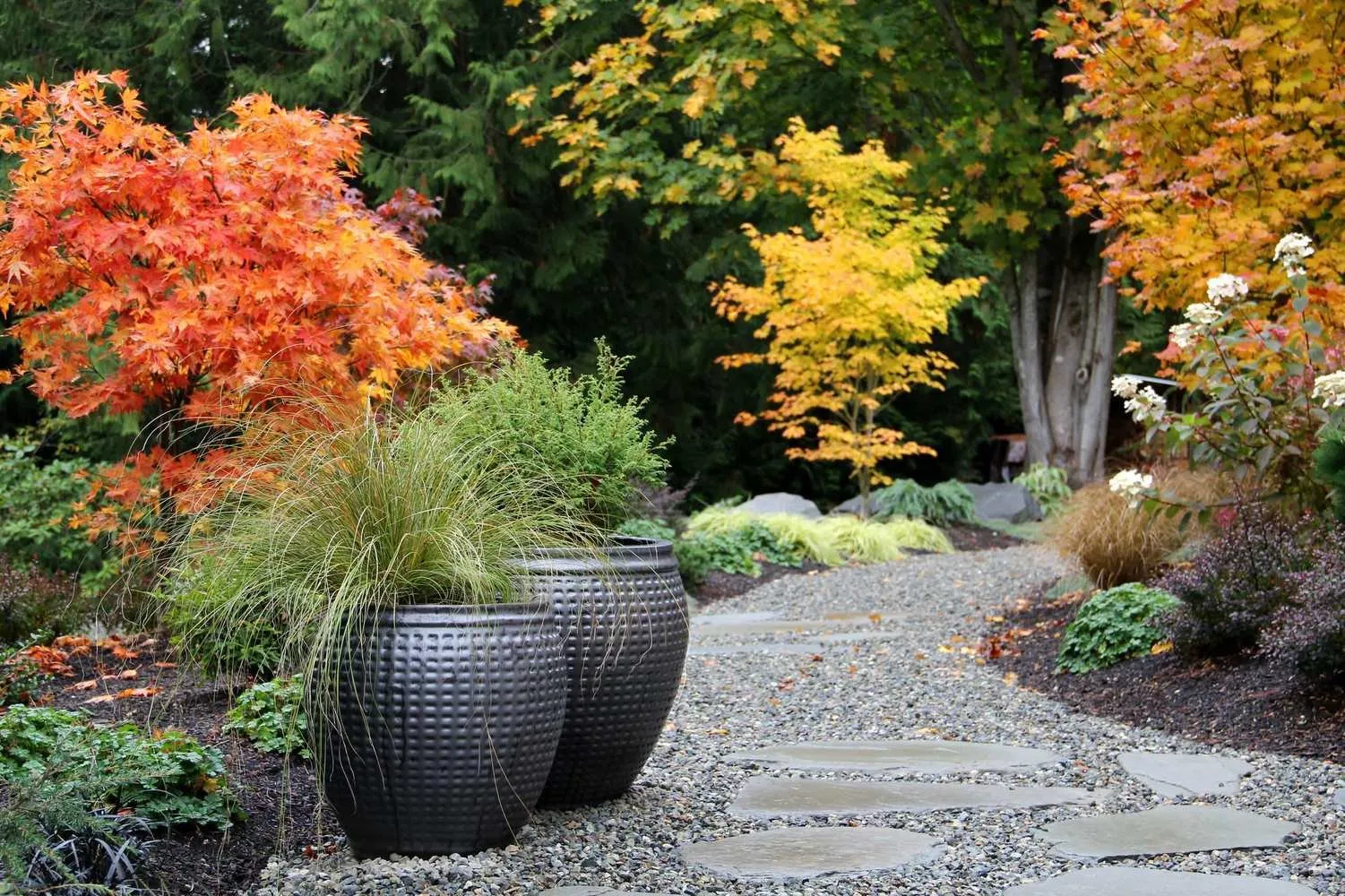 Pinterest
PinterestMove indoor perennials that were kept outdoors during summer
Geraniums, begonias, pothos, chlorophytum, coleus, ferns, and other perennials that thrive indoors during winter should be moved inside before nighttime temperatures drop below freezing. If containers are heavy, repot plants into individual pots and bring them inside.
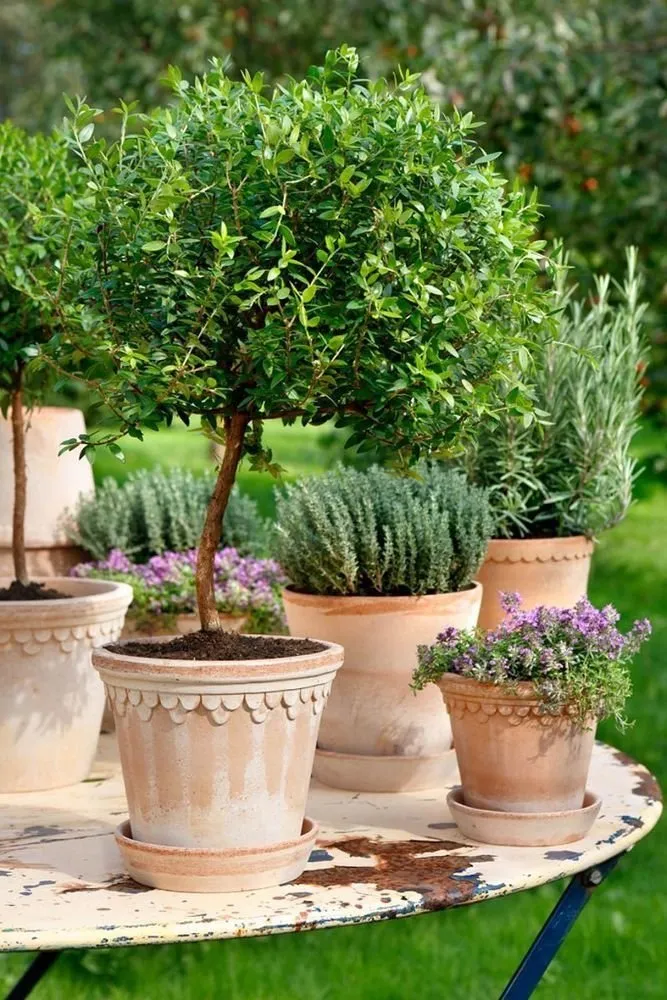 Pinterest
PinterestPlant trees and shrubs
Plants brought from European nurseries are better planted starting mid-September, so they have time to acclimate to our temperature conditions, root well, and survive the winter.
Plants from nurseries are better adapted to our conditions, so they can be planted later.
More articles:
 8 Frustrating Mistakes That Ruin Even a Good Design
8 Frustrating Mistakes That Ruin Even a Good Design 20 Cool Kitchen Ideas from the New IKEA 2021 Catalog
20 Cool Kitchen Ideas from the New IKEA 2021 Catalog IKEA Summer Sale: What to Buy in July?
IKEA Summer Sale: What to Buy in July?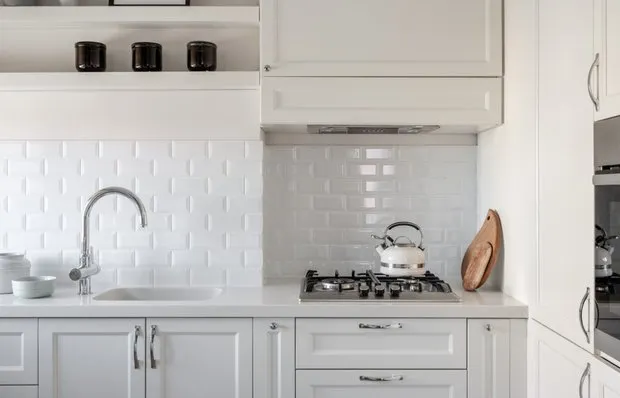 How to Improve Kitchen Storage: 8 Ideas, 10 Useful Options
How to Improve Kitchen Storage: 8 Ideas, 10 Useful Options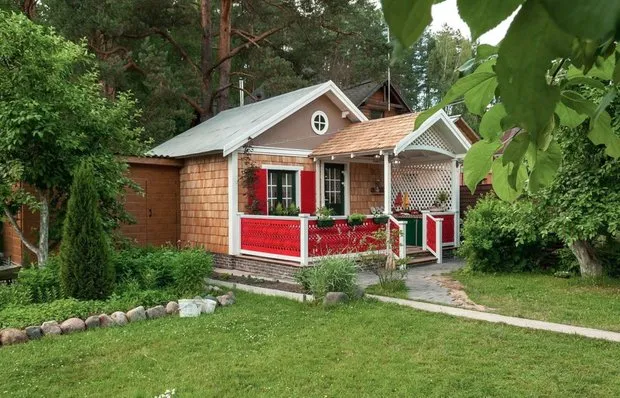 How to Convert a Garden House into a Residential One and Is It Necessary to Approve the Bathhouse?
How to Convert a Garden House into a Residential One and Is It Necessary to Approve the Bathhouse?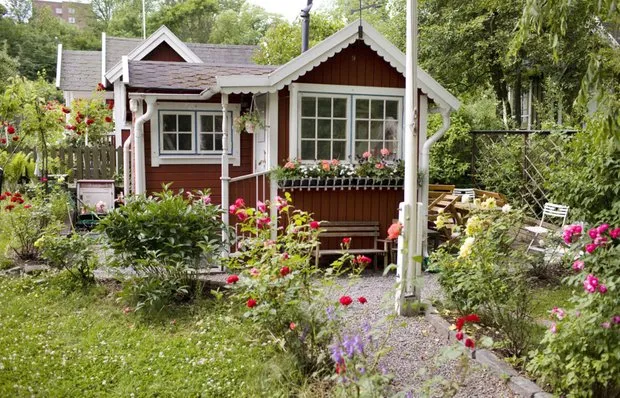 How to Transform a Dacha Plot Cheaply: 7 Ideas
How to Transform a Dacha Plot Cheaply: 7 Ideas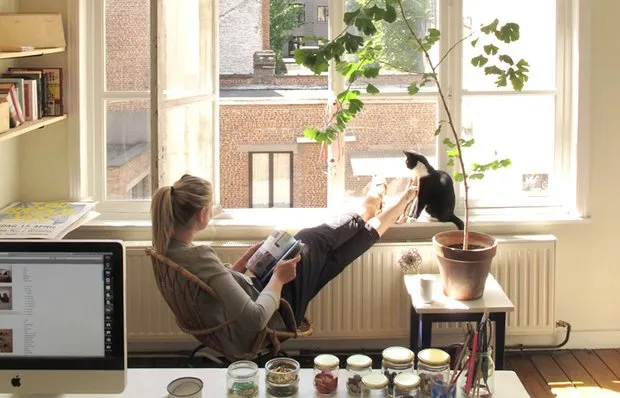 How to Survive Hot Water Shutdown: 7 Reliable Ways
How to Survive Hot Water Shutdown: 7 Reliable Ways How to Declutter Your Wardrobe in One Day
How to Declutter Your Wardrobe in One Day